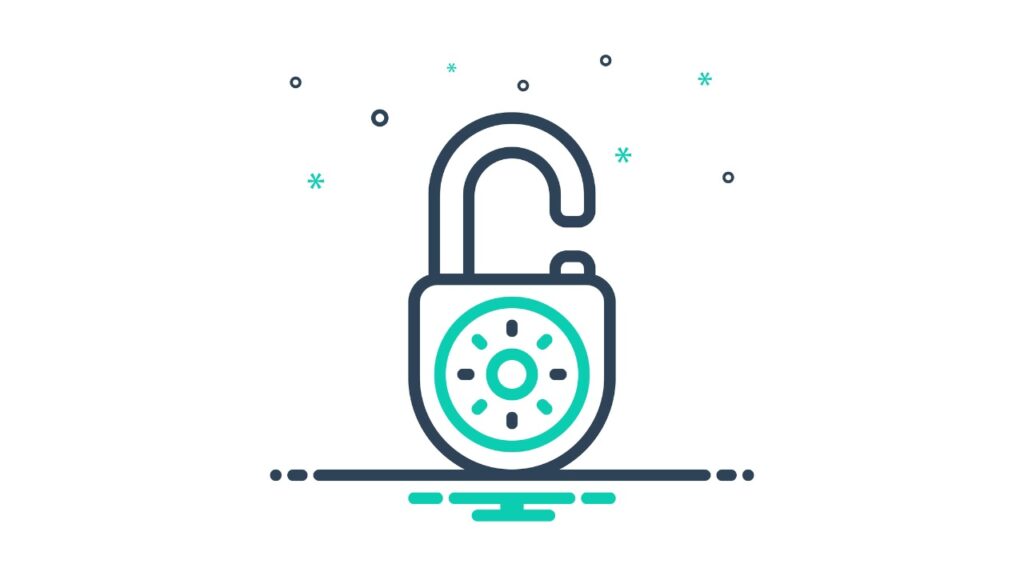Run a business? Then, both transactional and marketing emails will be systems you’ll use to communicate with prospective customers/clients and about the products and services you’re providing your current customers and clients.
However, not all email sent by your business is the same. Let’s say you send an email from your business email (whether through a business email account on Google Workspace or Office 365, a marketing email, or transactional emails from your website or ecommerce store). In that case, the different types of emails will be treated differently.
For example, we’ll assume the recipient of your business emails is using a Gmail email account. However, lots of other providers (such as Apple, etc.) have a transactions, updates, or promotions tab in email inboxes alongside the main (or “primary”) tab of the inbox.
Why does this matter?
Well, email inboxes can become quite noisy. That’s essentially why providers have set out this sectioning for users so that their inboxes don’t feel overwhelming. That’s mainly on email marketers who offer poor lead magnets and user segmenting, poor quality updates with their email “newsletter” or automations, or a user needs to sign into their account to unsubscribe (yep! We’ve seen that a few times with multi-nationals, completely bonkers!)
This means you need to be smart about ensuring all of your “T”s are crossed, and all of your “I”s are dotted when it comes to the different services and service providers you use to send emails for your business.
Business Emails
These emails are sent from your computer, phone, or tablet and come from [email protected]. It’s you writing the emails; they will generally have your name as the sender and your signature in them. These emails should generally end up in the main (or primary) inbox for the user as long as they authenticate and DMARC aligns. They will end up in the primary inbox because they come from a business email service, too, so this also helps them be delivered there.
Transactional Emails
will commonly be sent using an SMTP service such as Postmark or AmazonSES, or even Shopify’s SMTP service if you’re using their platform for your online store. If you’re using an online store, then you’ll want order confirmation emails, order updates, and password reset emails to end up in recipients’ inboxes, not in their spam folders, or be rejected altogether.
Note: If you’re using another e-commerce platform, then there is the possibility of using their setup for transactional emails, essentially using their SMTP service included in your monthly/yearly fee for the online store. However, there are too many different systems to go over in detail in this learning article.
The important thing to remember for transactional emails is that they aren’t going to end up in the primary or main inbox of the recipient. Still, we want them to receive them, so they should authenticate and align for DMARC so they don’t end up in spam or are rejected completely.
What are the elements that need to go into transactional emails so that they are delivered? The same is true for others: SPF and DKIM so that DMARC passes as aligned. Now, it’s hard for a transactional email service to align your SPF because, well, the email isn’t coming from your domain name, it’s coming from theirs. However, lots of providers now utilize a subdomain DKIM key that you publish, and it resolves to their public key (which then passes DKIM authentication) and a CNAME record for the SPF record and return address of the email that was sent, and so passes SPF records checks.
If this all sounds complicated, then it is, slightly. If you understand SPF, DKIM, and DMARC, then you’ll understand that using a CNAME to validate SPF records makes sense as a way to align SPF. Will emails end up in the inbox if just DKIM is used? They should do so, but with email spoofing being popular over the last few years (especially when it comes to ecommerce stores and scammers wanting to deceive users into giving up their information and hard-earned money).
Marketing Emails
Marketing emails are seen as having a lower priority. Things like newsletters, offers, promotional campaigns, automations, or drip campaigns that are triggered through lead magnets or sign-up forms.
These are more likely to end up in the promotions tab in a person’s email inbox and are the most likely to end up in the spam folder. You could be fully authenticated with your marketing email service provider but end up in junk/spam due to the content of your email (the title, the product you’re offering, or even keywords in your email contact that a provider deems too spammy).
Email marketing providers usually provide the tools to help you authenticate and align your DNS records with their systems through a CNAME for DKIM, which can be either a CNAME record or an entry into your SPF record to pass SPF alignment.
The different methods will depend on your service provider and whether you use an email address as the sender on your main domain or choose to use an email address on a subdomain of your main domain name. There are advantages to using one or the other; usually, it depends on your situation, the provider you’ll use, and the type of content you’ll be sending on all three main channels to send email. This is especially important to consider if you are a multi-national and have a sales team reaching out to prospects.
What They All Need
What are the few things that all of the above types of emails need for your business domain name? They should pass DMARC checks and be aligned, which means correct SPF records through either an SPF record on your domain (business emails) or those added through a CNAME or other record, as well as authenticating with DKIM to ensure the emails being sent are authorized to send on your behalf.
DKIM is usually authenticated through a public key displayed in your DNS records (which is then checked against a private key of the provider) or a CNAME record that links to a changeable or rolled DKIM record to authenticate (in the case of Office 365).
Whatever you do, ensure that you have a proper domain aligned with your DNS records and that your domain has a clean sending reputation. If you want the DNS Ninjas to help you achieve that, then take a look at our prices or reach out to us.



